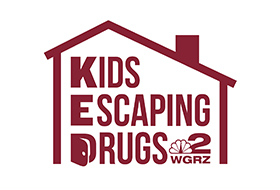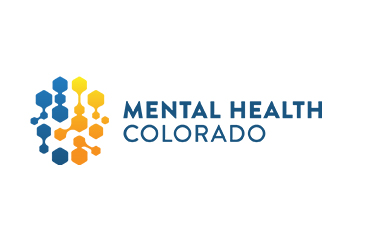By: Kali Fields, Director, Grassroots Advocacy
Rural areas face unique factors contributing to substance use, including isolation and lack of access to mental healthcare, both of which are exacerbated by strong stigmatization of substance use disorder.

Leigh-Anne White is a therapist in Vidalia, a small rural town in central Georgia. As she worked with the children in her community, Leigh-Anne began noticing the impact of substance use disorder, in particular opioid use disorder. Children were losing their parents, moving into the foster care system or with their grandparents, and remembering their parents as bad people because of their disease.
Spurred to action, Leigh-Anne began to gather empirical data through Emergency Department billing codes at her hometown hospital. She found that in 2019 there were 900 episodes that resulted in the use of an overdose billing code. After seeing these numbers, Leigh-Anne felt it was time to change her town for the better.
In September 2020, Leigh-Anne, along with the Toombs County Prevention, Treatment, and Recovery Coalition, received from the Federal Office of Rural Health Policy a $1 million Rural Communities Opioid Response Program grant to combat the opioid epidemic. The coalition’s first efforts began with harm reduction training for police officers on how and when to administer Narcan. By October, 97 police officers were trained in the program.
In addition, the coalition has established a prevention program to teach 6th, 7th, and 8th graders not only the dangers of opioid misuse, but also the science behind addiction. Leigh-Anne notes that it is imperative to ensure children know addiction is a disease and people suffering from addiction are not bad people—they deserve respect, compassion, and assistance. The prevention program aims to grow with children, so they learn new information each year, and it is tailored to their age and grade level. The consistency of the program will hopefully help to reduce the stigma associated with substance abuse and provide students with a trusted community member to confide in. A University of Texas tool aimed at reducing stigma is also frequently used by the coalition as a resource for the community and others. Currently, Leigh-Anne also offers several virtual sessions a week for people in recovery, people struggling with addiction, and children, which may be found here.
The coalition is now working to implement a long-term sustainability plan, although rural best practices are hard to implement. Leigh-Anne expressed that while the coalition has plenty of people interested in supporting the initiative, which incorporates harm reduction, prevention, and recovery, there are not enough willing to act. Leigh-Anne and other members of the coalition believe that everyone must work to prevent addiction before it starts which means that educating children about how opioids may become addictive and what addiction means is a key step in curbing the opioid epidemic. Although Leigh-Anne and her partners shared that they can teach about the harm of opioids, they hit a roadblock in her community when it comes to providing alternatives to opioids. It is still shocking to Leigh-Anne when 50 opioid pills are prescribed to teenagers after surgery.
There is no question the COVID-19 pandemic has impacted the opioid epidemic. While Leigh-Anne and her coalition have shifted to hosting virtual classes and group sessions, Georgia has seen a 35% increase in drug overdose deaths when examining August 2019 to August 20201. It is imperative we address the disparities in combating the opioid epidemic that rural communities are facing and this work must be done now.
To learn more about the work Leigh-Anne and the coalition are spearheading, check out the website here: https://lawhite.net/
1https://www.drugabuse.gov/drug-topics/opioids/opioid-summaries-by-state/georgia-opioid-involved-deaths-related-harms



